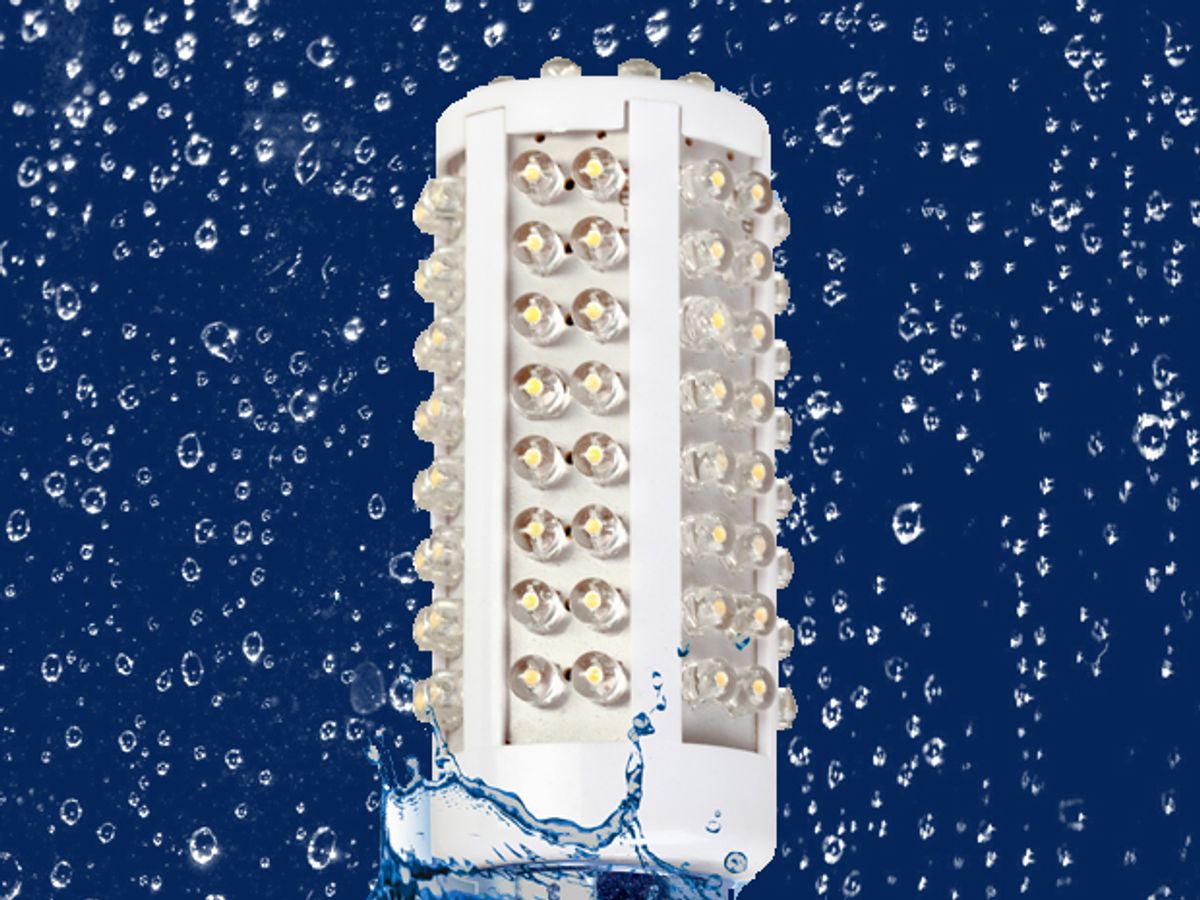The parts of the world that lack for consistent electricity also, unfortunately, often lack for consistent clean water. Students at the Technological University of Mexico have come up with a simple system to at least partially address both needs using a microturbine and collected rainwater.
They named the device Pluvia, and tested it in a large, poverty-stricken part of Mexico City called Iztapalapa. Rainwater is collected by funneling it into a gutter on the rooftop, or by adding sheeting to simulate a slope. The water passes through a filter, specifically designed to clean rainwater during the first two weeks of the rainy season, which has higher acidity and contaminants; that water is stored in a tank. A pump then helps the remaining water flow past the small turbine, which generates the electricity.
Importantly, that pump does still require more energy than the turbine can output, according to an email from spokesperson. The idea is more to gain back some of the power needed for the original purpose of water purification; if electricity resources in an area are limited, this does provide benefit. The device's microturbine generates enough only to recharge 12-volt batteries. The students are trying to increase both generation and storage capacity, however, so as to allow the system to help power both the pump and even the small homes in the area.
After passing through the turbine, the water then proceeds on through a charcoal filter to remove odors, flavors, colors, and other contaminants. One of the students involved in the project, Coca Leyva, said in a press release that after passing through the filter "the liquid is equal to or cleaner than the water in the network supply system of Mexico City."
Microturbines generally have been used more as small versions of hydroelectric dams, generating bits of electricity from streams with relatively low flow rates. That application, of course, only works in more rural areas. Those areas are often energy-poor, meaning such small off-grid systems are a great idea, but urban areas often are saddled by both energy and water poverty. Harnessing any bit of water and power that comes through a place like Mexico City, or any number of other large cities around the world, could eventually be a revolutionary idea if the devices are cheap to build and distribute. Of course, many of those same urban areas also sit in parts of the world that feature a rainy season and a dry season, meaning rainwater collectors and microturbines could only be half the battle; but halfway there is better than nothing.
Dave Levitan is the science writer for FactCheck.org, where he investigates the false and misleading claims about science that U.S. politicians occasionally make.



